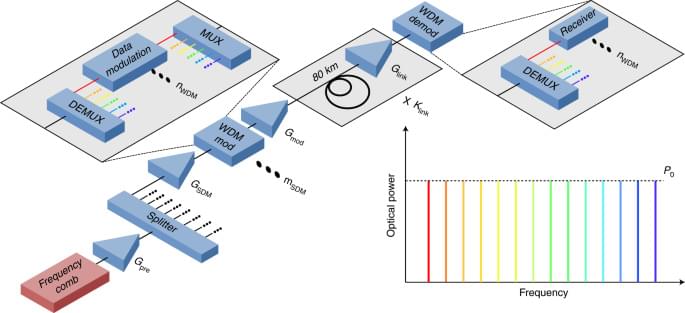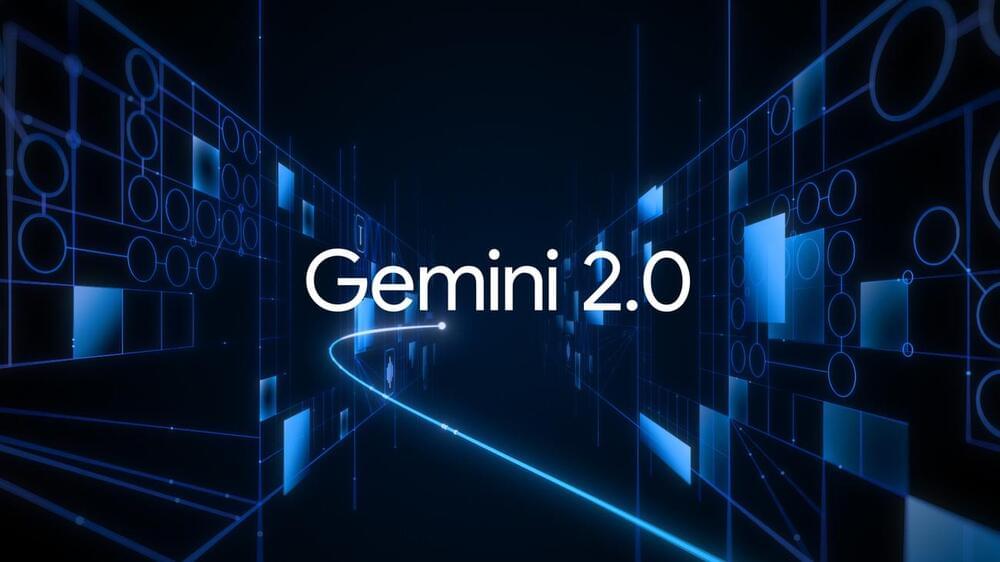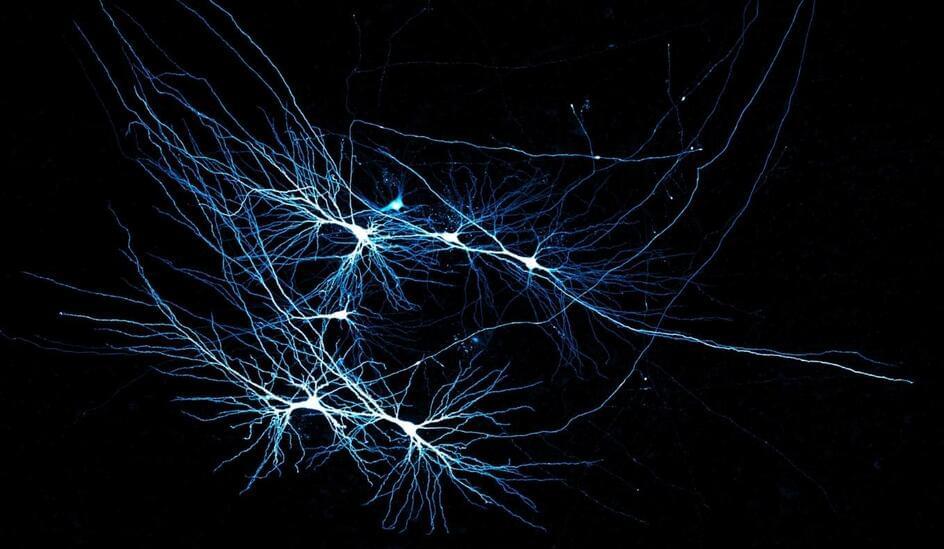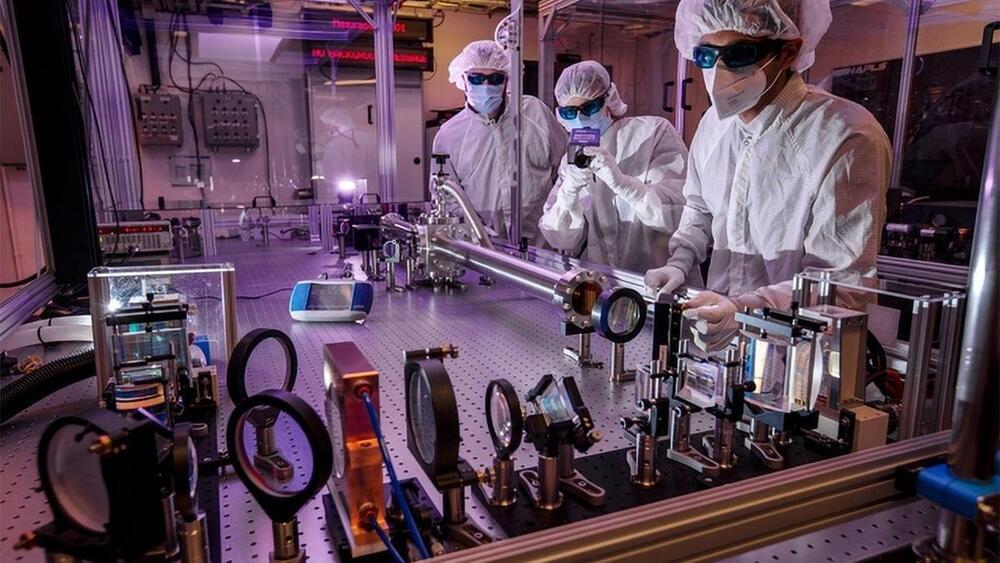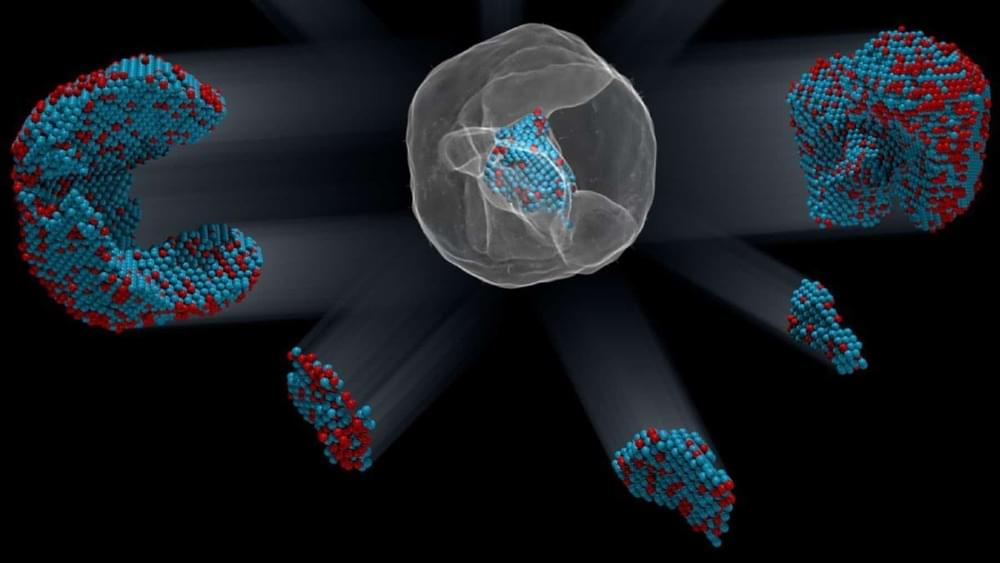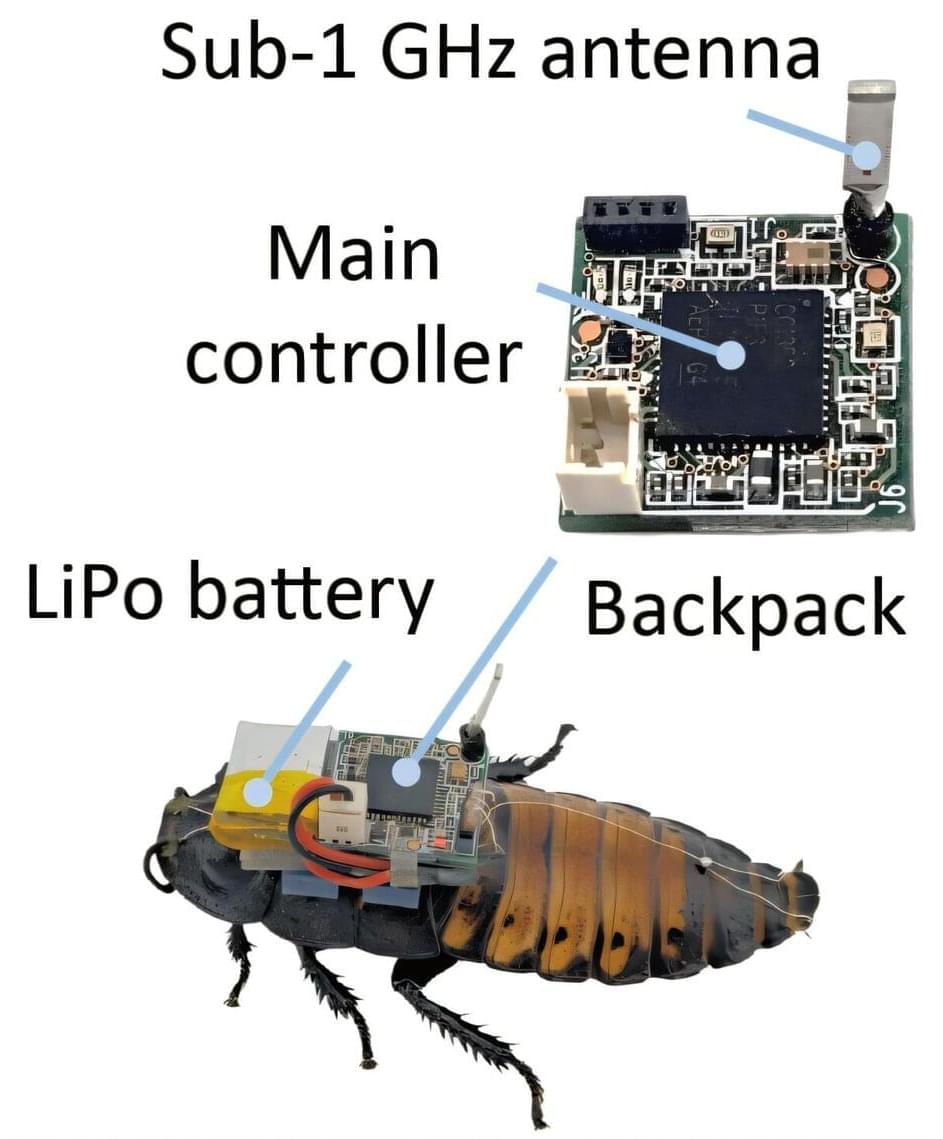A groundbreaking study showcases the creation of sustainable hydrophobic paper, enhanced by cellulose nanofibres and peptides, presenting a biodegradable alternative to petroleum-based materials, with potential uses in packaging and biomedical devices.
Researchers aimed to develop hydrophobic paper by leveraging the strength and water resistance of cellulose nanofibers, creating a sustainable, high-performance material suitable for packaging and biomedical applications. This innovative approach involved integrating short protein chains, known as peptide sequences, without chemically altering the cellulose nanofibers. The result is a potential alternative to petroleum-based materials, with significant environmental benefits.
The study, titled “Nanocellulose-short peptide self-assembly for improved mechanical strength and barrier performance,” was recently featured on the cover of the Journal of Materials Chemistry B. The research was conducted by the “Giulio Natta” Department of Chemistry, Materials, and Chemical Engineering at Politecnico di Milano, in collaboration with Aalto University, the VTT-Technical Research Centre of Finland, and the SCITEC Institute of the CNR.

